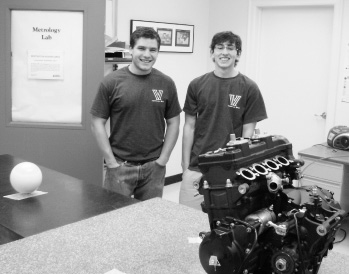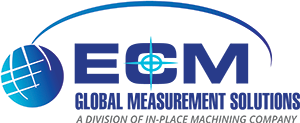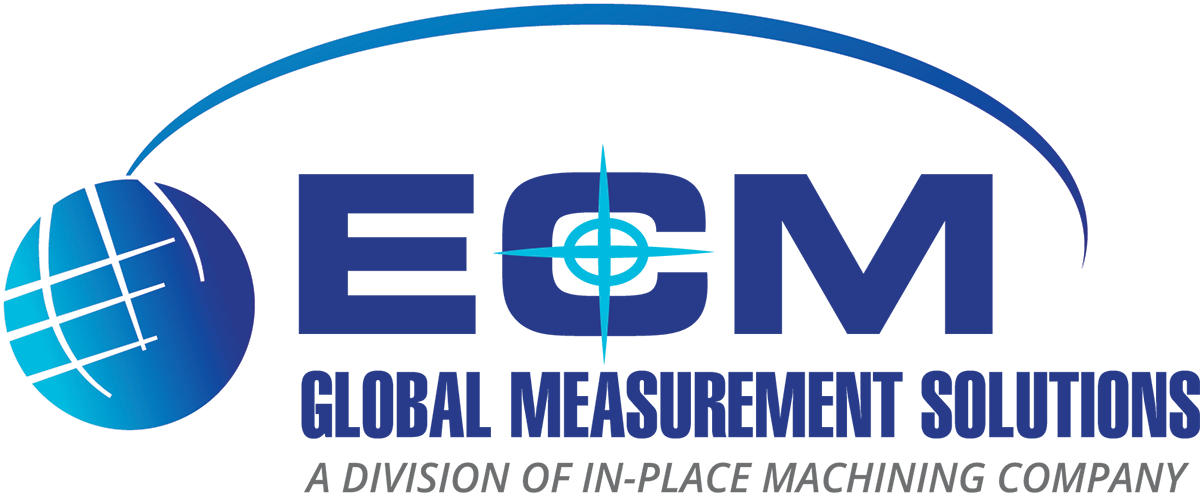Project Description
Each year, teams from colleges around the world design and build race cars for the Formula SAE competition. The Society of Automotive Engineers sponsors the competition to provide real world experience in the design, manufacturing, and business aspects of engineering to the participating teams. Each year the rules and design goals are altered slightly and each team must produce a new frame for their vehicle. In addition to performance, vehicles are judged on design, a business presentation, and a cost and manufacturing analysis.
The Problem
Villanova University has fielded a team since 2009 with good results. In 2010, their car placed first in the Fuel Economy event and finished 28th overall. For 2012, the team has a new engine and needed a CAD model to use in their design. They turned to ECM – Global Measurement Solutions (East Coast Metrology, LLC) of Topsfield, MA for help producing a model.
The Solution
Two students, Chris Scott and Russ Rioux traveled to ECM in October to measure the engine with the help and guidance of Greg Walls, an ECM engineer. Greg showed them how to use a FARO Arm Portable CMM to probe features on the engine surface. In just a few hours, they were able to characterize the critical interface features of the engine: mounting points; intake locations; and the drive sprocket to within a few thousandths of an inch.

Then the team turned to a slightly different task, measuring the engine envelope. The engine is not a perfectly rectangular shape by any means. There are a number of slanted and curved surfaces, which are not readily reduced to simple geometric entities like planes and cylinders. There are a number of protuberances and recesses, which would greatly increase measurement time, so it was decided that the non-critical features and surfaces would be measured by scanning with a FARO Laser ScanArm. (The ScanArm is a standard FARO Arm with a non-contact laser scanning head attached.) Unfortunately, the black exterior of the engine absorbed much of the ScanArm’s laser light resulting in sparse data in certain areas. Options were considered. Given the lesser accuracy requirements for the envelope, it was felt that a more powerful, but less accurate, long-range scanner could be used. The long-range scanner is usually used to gather data from entire rooms or similarly sized objects. ECM has used the scanner to measure industrial and commercial buildings, automobiles, ships, and aircraft.
The Outcome
Six scans of the engine were taken from various angles. The point clouds are being integrated and converted (Reverse Engineered) into a model, which should be ready in early November. The hard probed features will then be imported into the scanned model to produce a single unified CAD model of the overall shape with high precision for the critical features. Villanova stated that the model will help them save weight and volume in their vehicle and provide an edge in the 2012 competition.


